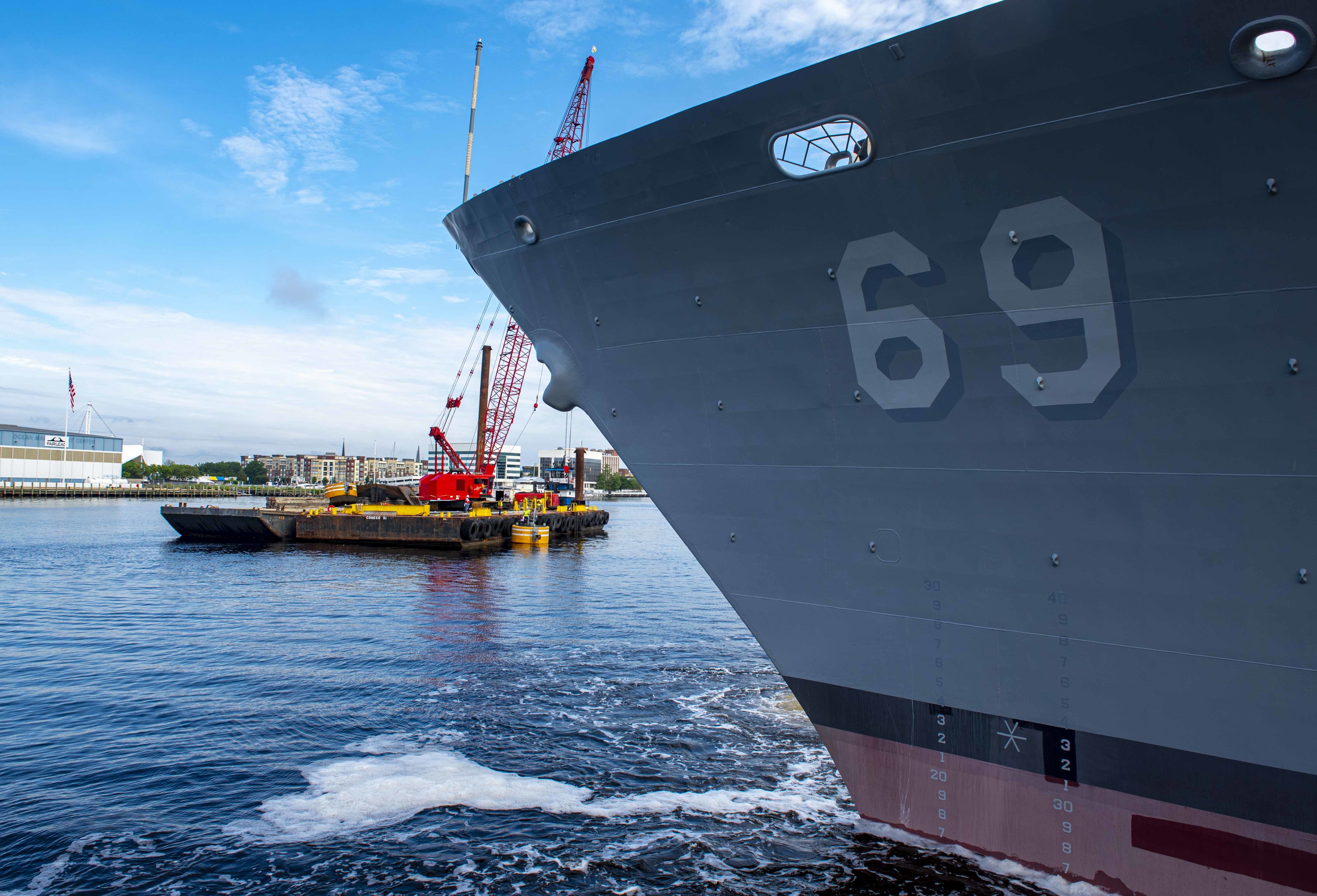
Senate Defense Authorization Bill Halts Half of Navy’s Planned Ship Retirements
Senate authorizers want to stop the Navy from retiring half the ships it planned to decommission next year, according to…
Copyright 2024 U.S. Naval Institute. All Rights Reserved.